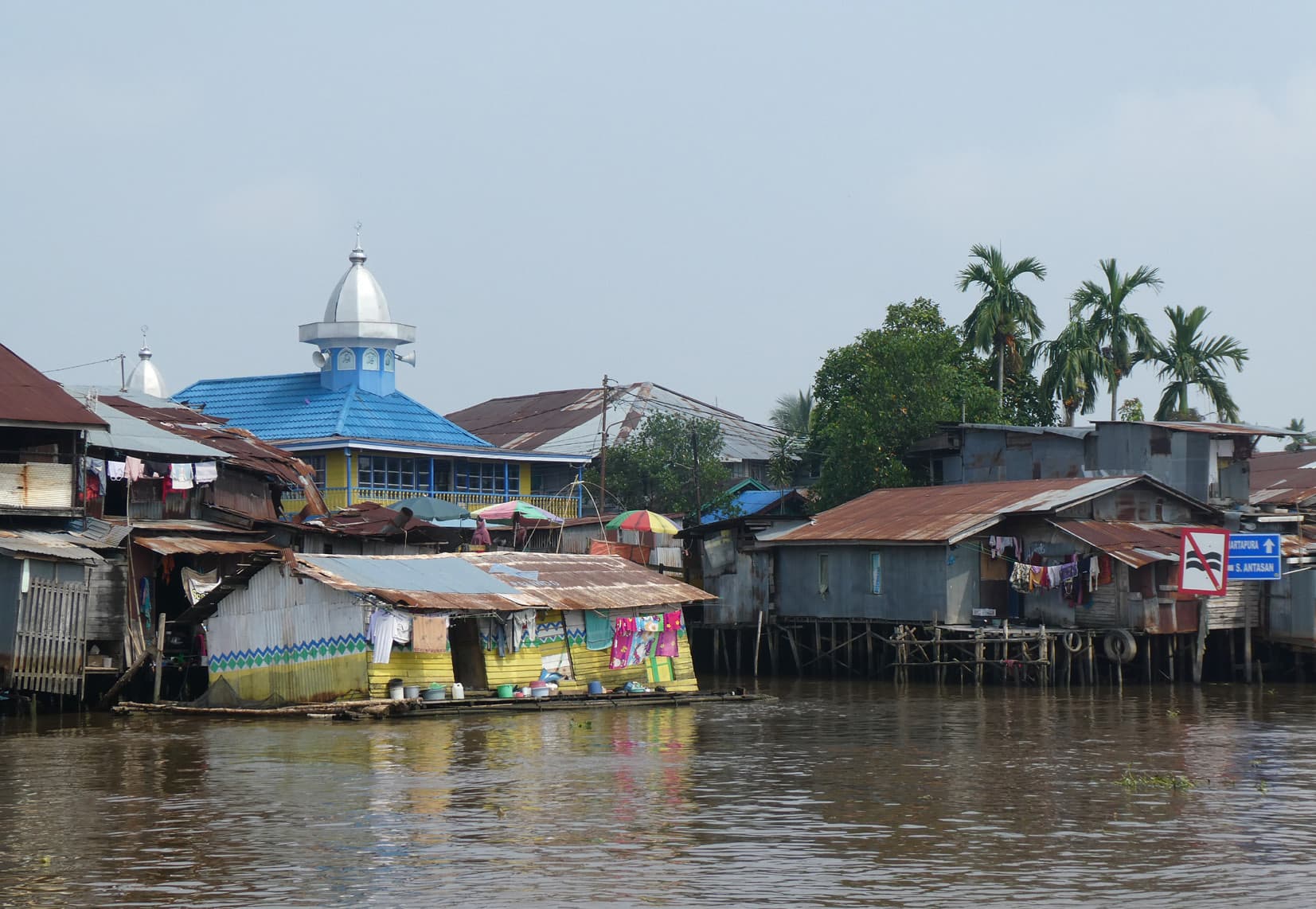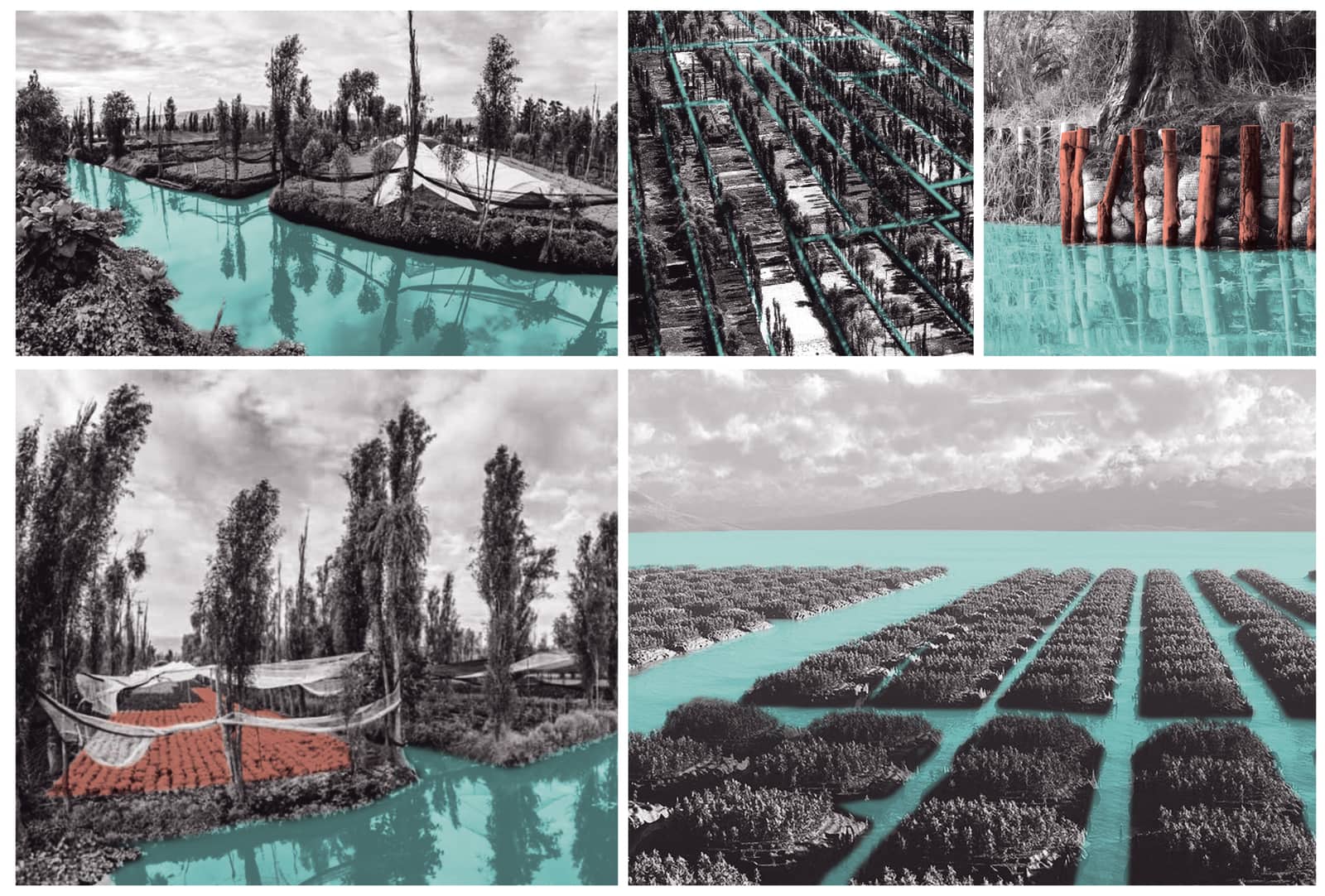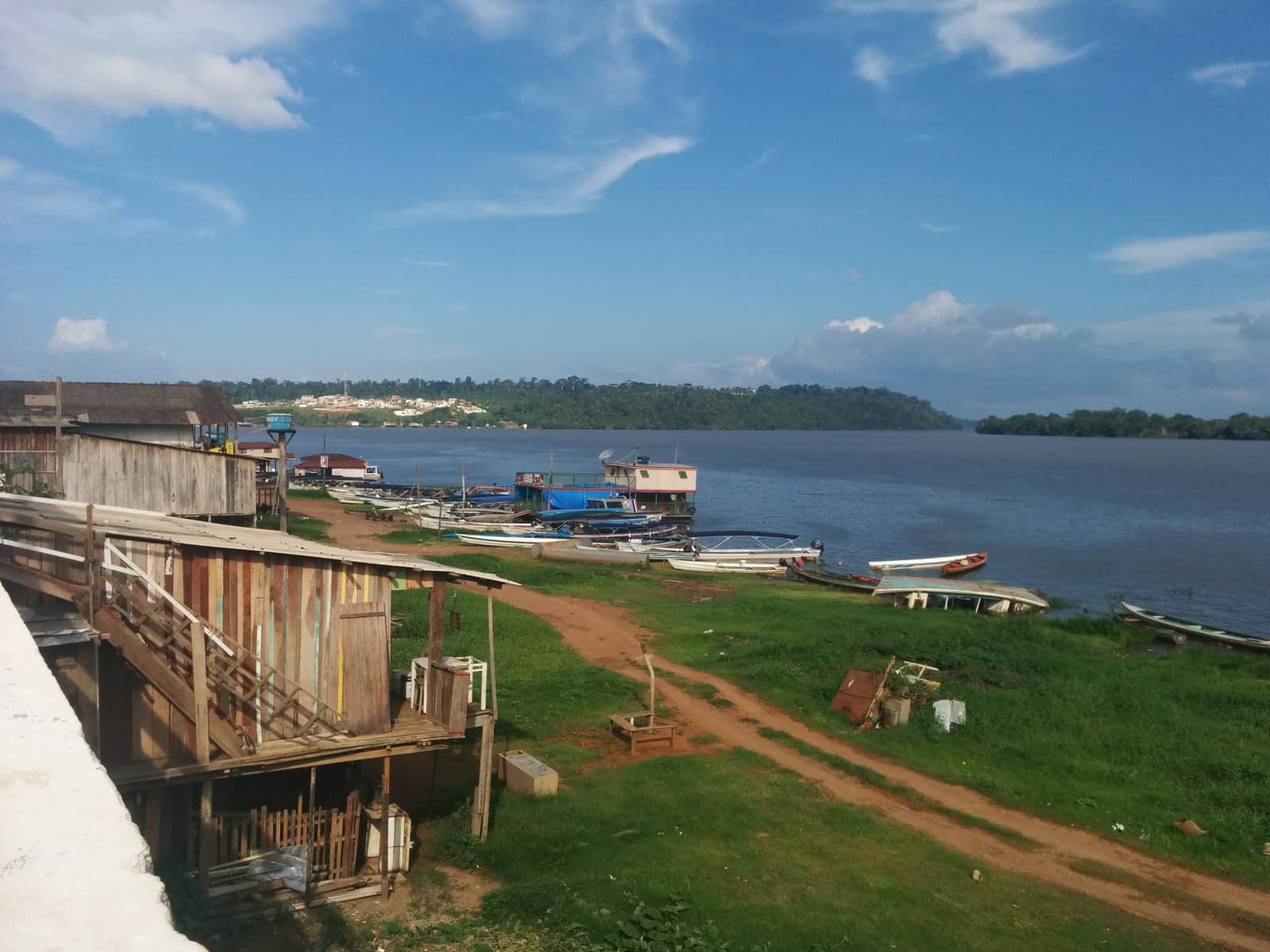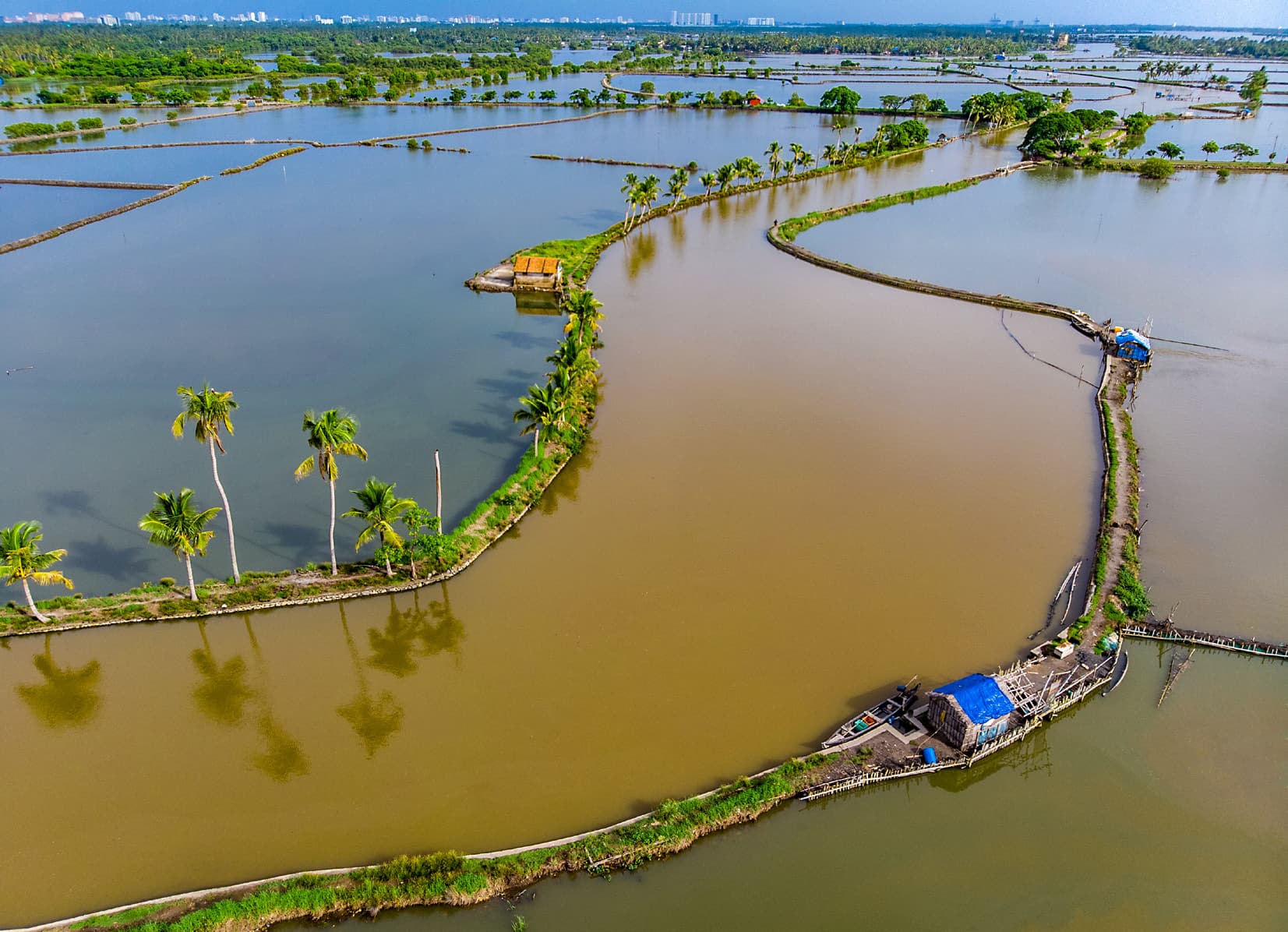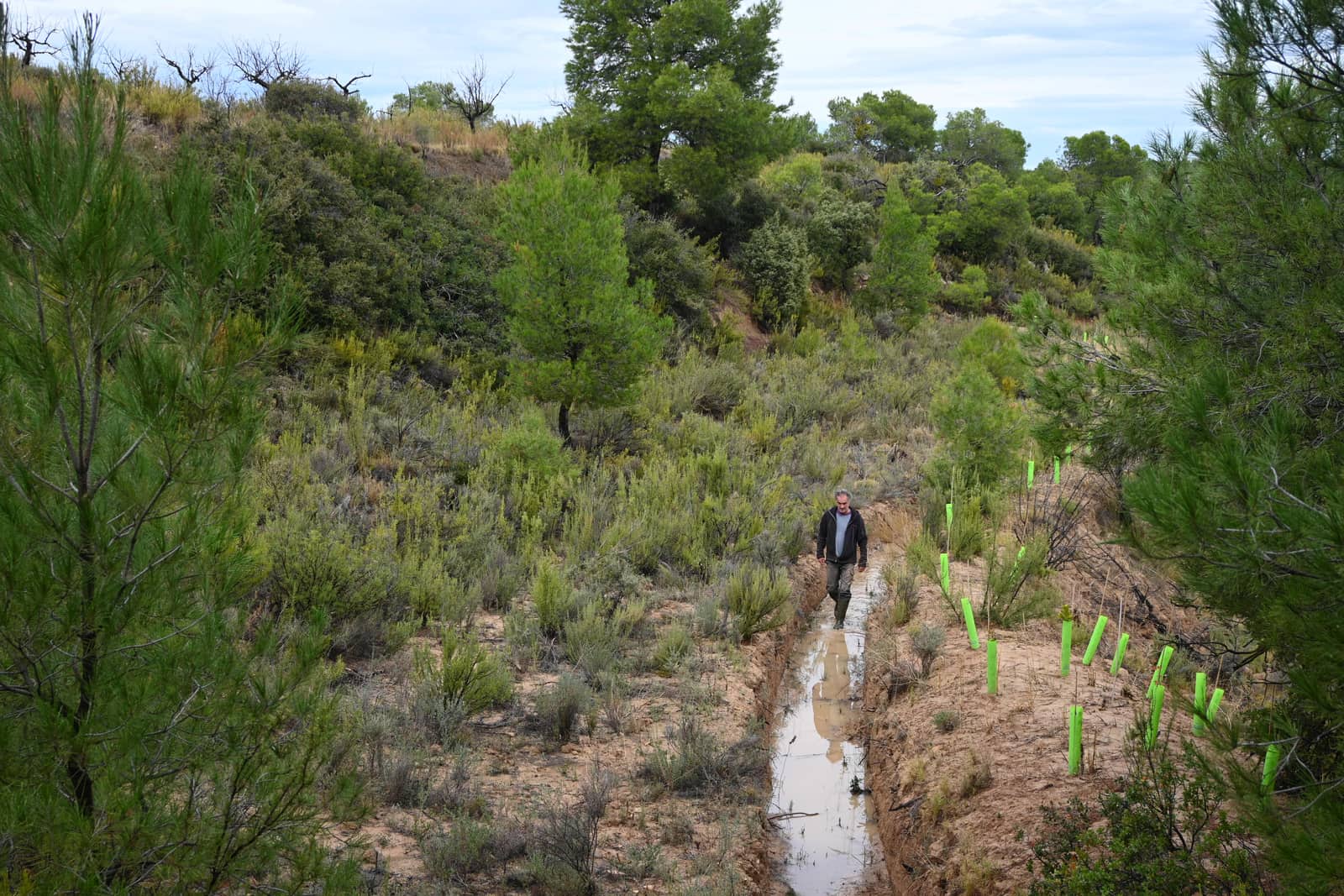Editorial
-
Circular Water Stories focusses on the changing circumstances of the water system and water chain, and the consequential spatial transformation. The approach highlights the vulnerable interdependency between traditional, marginalized water communities and their environments. The papers of this second Spool issue on Circular Water Stories in the Landscape Metropolis #8 investigate traditional water systems as a source of inspiration for today’s water, characterised by the concepts of too much, too little, and too dirty from two main perspectives: the people-orientated cultural perspective...
Articles
-
The Indonesian city of Banjarmasin, Borneo, is widely known as the ‘city of the thousand rivers.’ Residents live and work in urban settlements that occupy the river and its banks. However, modern road-oriented urbanization, overpopulation, illegal building activity, and pollution have a devastating impact. Without adequate management, Banjarmasin’s impressive river-related identity would lose its cultural and socio-economic significance. Therefore, the city government is searching for solutions to revive its river culture and to revitalize riverine settlements. In 2019, a workshop was...
-
he present research aims to explore a method of landscape reading and analysis through traditional water systems. Throughout the collection of local knowledge about water management in two opposite parts of the world it is possible to learn how natural resources have been used in local communities for hundreds of years to generate resilient, circular and multi-functional water and land management. In order to create a base knowledge to provide lessons for today’s urban challenges, we have analyzed two traditional water systems: The Xinghua...
-
The construction of Belo Monte Hydropower dam has resettled riverine communities from their homes to the outskirts of the city of Altamira, kilometres away and disconnected from the river. Resettlement can be a threat to both women and men’s adaptation in the new environment, whereas the lack of in-depth studies regarding gender policies and local traditional communities can create even more obstacles for women. The disconnection that stems the resettlement from these individuals has resulted in the loss of their spatial identity and livelihood. This situation caused local traditional...
-
This article considers the traditional water systems of indigenous cultures and explores their innovations as unique responses to the impacts of climate change in the global south. Local communities have been living with and developing water-responsive infrastructures for generations that engage and support the complex ecosystems they inhabit. Many of these innovations improve coastal resiliency, yet remain undocumented and unexplored in the evolution of contemporary solutions. Rooted in traditional ecological knowledge, or TEK, these technologies work symbiotically with, rather than...
-
The Barranco de Tremps is one of many valleys in the vast hills of the region of Aragón, in the northeast of Spain. A barranco is a natural watercourse created by excessive rainfall, visible only as a dry river bed in summer. Such watercourses and riverbeds are no longer present in this valley.
Today, the valley is full of olive and almond orchards surrounded by pine forests. Summers are increasingly hot and without rain. Since the advent of the tractor in the late 1980s, the soil is ploughed more often and more deeply, and there...

